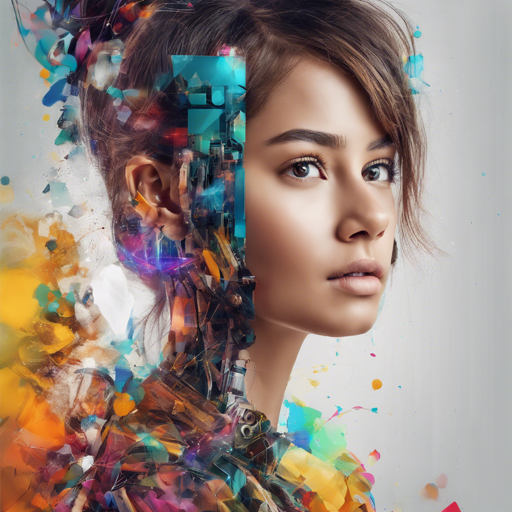Are you curious about how AI can turn your creative ideas into beautiful digital portraits? In this guide, we’ll walk through the steps to use the Stable Diffusion model to generate a remarkable portrait based on a simple text prompt. Follow along, and unleash your creativity!
Step-by-Step Instructions
The process involves setting up parameters to define your training environment and generating your portrait. Let’s break these steps down:
- Pretrained Model: We will use the Stable Diffusion v1.4 model.
- Data Directories: Provide the paths to your instance and class data directories, where images for the portrait and classification are stored.
- Output Directory: This is where the generated portrait will be saved.
- Resolution: Set the image resolution to 512 pixels, ensuring optimal quality.
Understanding the Training Parameters
Now, let’s delve into how these parameters interact with each other using an analogy:
Imagine you’re preparing a gourmet meal. Each parameter represents a crucial ingredient or step in your recipe:
- Pretrained Model: Like using a chef’s secret recipe, this gives your dish a head start on flavor—this is your base model.
- Instance Data: This component is akin to the special ingredients you personally add to make the dish unique—your specific portrait images.
- Class Data: Think of this as the signature side dishes that complement your meal—a collection of images titled “a portrait of a person” to enhance the overall flavor.
- Output Directory: This is your serving platter—where your delicious creation is presented once it’s finished.
- Training Steps: The cooking time—each step in training adds depth and richness to the final outcome, and our goal is to have precisely 1050 steps to perfection.
By configuring these parameters thoughtfully, you’re preparing to create a stunning digital portrait!
Troubleshooting Your AI Portrait Generation
While the process is designed to be smooth, you may encounter a few hiccups along the way. Here are some troubleshooting tips:
- Issue: Poor image quality.
- Solution: Make sure your input resolution is set correctly at 512 pixels. Higher or lower settings can distort the final image.
- Issue: Training process stalls or fails.
- Solution: Check your memory usage. If you’re using mixed precision, ensure your system supports it. If not, consider switching off gradient checkpointing or reducing the number of batch images.
- Issue: Output images don’t match the prompt.
- Solution: Revisit your instance prompt and class prompt. Ensure they’re defined clearly to guide the model better.
For more insights, updates, or to collaborate on AI development projects, stay connected with fxis.ai.
Conclusion
By following these steps, you can craft a stunning portrait with the help of AI and the Stable Diffusion model. Remember, practice makes perfect, so don’t hesitate to experiment with different prompts and parameters!
At fxis.ai, we believe that such advancements are crucial for the future of AI, as they enable more comprehensive and effective solutions. Our team is continually exploring new methodologies to push the envelope in artificial intelligence, ensuring that our clients benefit from the latest technological innovations.

